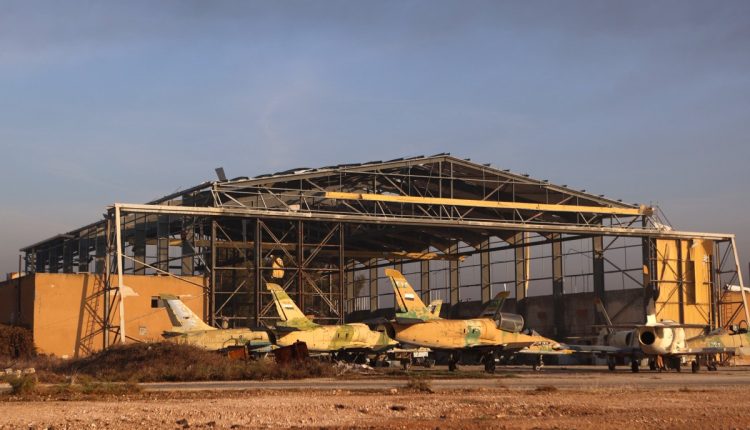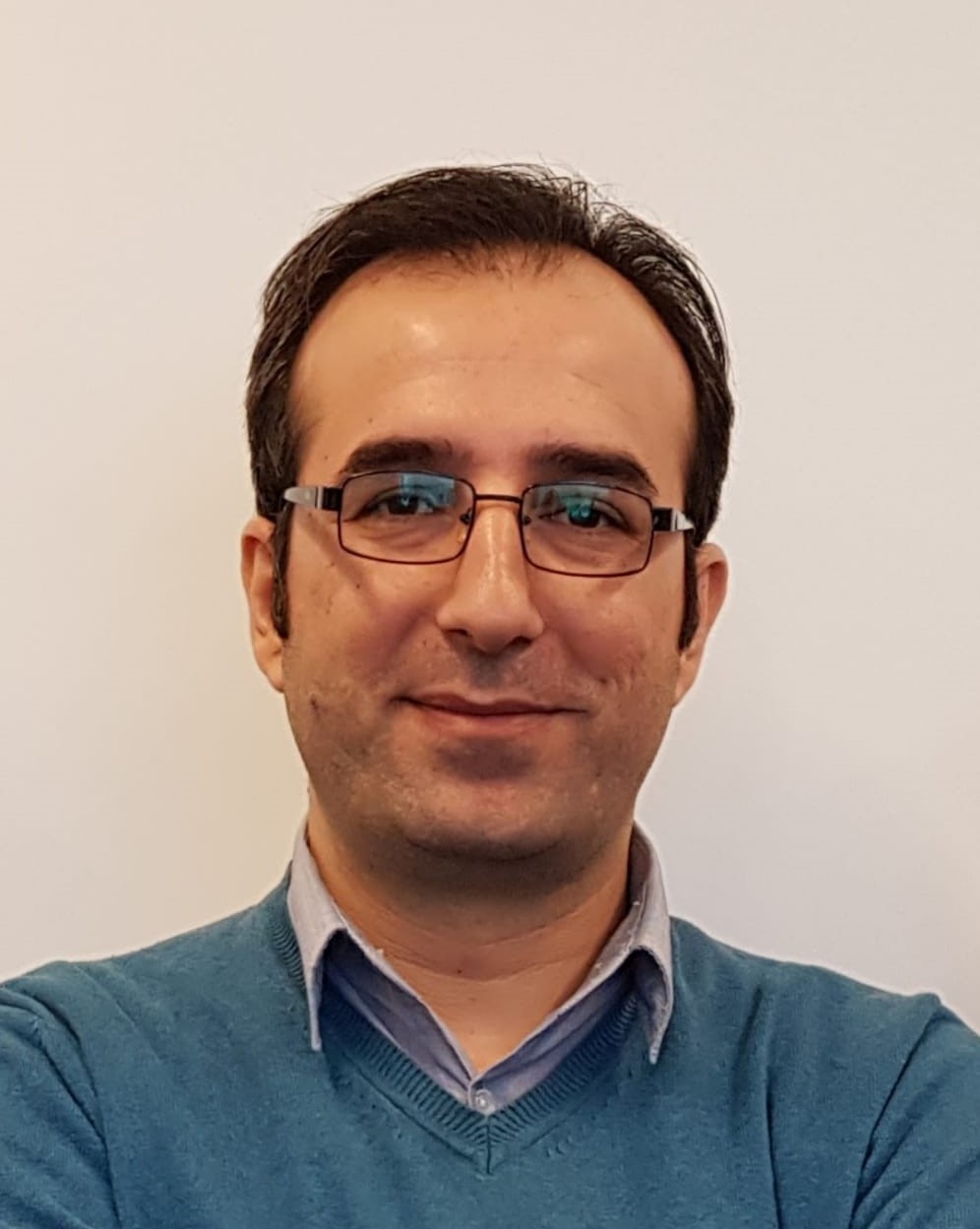Syria’s Liquid Landscape: The Aftermath of Aleppo’s Fall
By Shoresh Darwish
The map of the armed conflict remains liquid as Hayat Tahrir al-Sham advances beyond the borders of Aleppo to the outskirts of Hama province. While Syrian regime forces struggle to repel the advancing troops following an unprecedented series of withdrawals, leaving behind heavy weapons and hundreds of thousands of residents, pro-Turkish National Army factions have begun to expand east of Aleppo, capitalizing on the diminishing presence of regime forces and the withdrawal of Russian troops.
Despite the ongoing changes, one constant has emerged: all of Aleppo is now under the control of Hayat Tahrir al-Sham and the factions involved in the “Detering the Aggression” operation, announced by Abu Mohammad al-Joulani on November 27. The regime’s task of retaking Aleppo is now deemed impossible, as it lacks the necessary combat capabilities and human resources. More importantly, it does not possess suitable weapons for a prolonged ground war, particularly with diminishing support from Russia and Iran. Compounding this situation is HTS, which has evolved into a more efficient and resilient entity—militarily, logistically, and technologically—equipped with a new generation of weapons, including suicide drones.
The Road to Losing Aleppo
In practical terms, the regime could not muster the will to defend Aleppo, especially following a decline in Iranian influence in Syria and the significant blows dealt by Israel to the Iranian military presence over the past year. The targeting of Iranian militias and their bases by the Israeli Air Force made it virtually impossible for the regime to hold Aleppo. Aggravating these difficulties was the slow Russian response to the demands of an open war on multiple fronts.
Initially, Turkey viewed its involvement in the “Deterring the Aggression” operation as a means of pressuring Bashar al-Assad to negotiate. However, Turkey has grown skeptical about the feasibility of this approach, especially considering HTS’s substantial advances and the regime’s inability to engage in negotiations under current conditions. Any potential dialogue would likely occur under military pressure, resembling an unconditional surrender to the realities on the ground.
This situation does not indicate Turkey’s dissatisfaction with the military gains and Assad’s decline in Aleppo. In fact, Turkey has long considered the city part of its territory that must be reclaimed, irrespective of the ethnic composition of its non-Turkish population.
As the “Deterring the Aggression” forces gained partial control over Aleppo, Turkish government-affiliated newspapers presented comments favoring a new Turkish perspective on the situation. Those close to the government believe that controlling Aleppo would facilitate the return of large numbers of Syrian refugees. They argue that it is irrelevant if the war displaces significant Kurdish, Christian, or pro-regime populations, as those expelled are unlikely to choose Turkey as their destination. Furthermore, discussions have emerged regarding the potential for economic and commercial ties between Aleppo and Turkey through the ambitious “Aleppo Development” project, aimed at revitalizing Syria’s economic capital through connectivity projects overseen by Turkey. Essentially, Turkey sees an opportunity to collaborate with the “Salvation Government” led by al-Joulani under the guise of promoting stability, without acknowledging al-Joulani’s ties to internationally recognized jihadist movements tied to al-Qaeda.
Another point making Turkey cautiously optimistic about developments in Syria is its diminishing role in the region, particularly following the outcomes of the Gaza war. It was anticipated that Donald Trump’s presidency would give way to the imposition of the “personal chemistry” between the American president and Russian President Vladimir Putin, to find a resolution in Syria in which Russia would have a more prominent role than Turkey. Thus, Ankara supported a military operation led by the opposition to expand its presence and secure a place alongside the Russians and Americans in any future negotiations regarding Syria. However, recent events have exceeded Turkey’s expectations, sparking fears that a jihadist takeover could provoke regional countries, Russia, and potentially Trump’s Washington to act against al-Joulani, thereby undermining pro-Turkish factions at a critical time.
Initially, it was expected that the operation would be limited in both time and scope, aimed at regaining the territories lost by HTS and other factions in 2019-2020. This would also correct the Astana process, which had tilted in favor of the Russians, the regime, and Iran, at the expense of the factions, HTS, and Turkey. However, the sudden and rapid engagement of Aleppo in the conflict raised several questions. Were the regime and the Russians relying on agreements made during recent Astana meetings, failing to anticipate that dynamics would escalate into an open frontline war? Additionally, why did the Syrian regime leave behind heavy equipment, including aircraft, numerous armored vehicles, and ammunition? This situation is reminiscent of the chaos following ISIS’s takeover of Mosul or the weapons abandoned by the Afghan army under Ashraf Ghani just hours after the departure of American forces.
There is no evidence to suggest that the regime deliberately abandoned its weapons and fled without significant defeats. Moreover, apart from preliminary analyses, there is no solid evidence indicating that the withdrawal resulted from a Russian-Turkish agreement to pressure the regime into negotiations with Erdogan or to eliminate Iranian militias with covert American and Israeli support. Thus, the rapid withdrawal of Syrian forces and the Russians’ silence remain enigmatic.
The swift collapse of regime forces can be attributed to several factors. First, the Russians may have been misled by reassuring outcomes from the Astana meetings that maintained the status quo in the ‘de-escalation’ zones. They were likely unprepared for a broader conflict that could lead to Aleppo falling into the hands of extremist forces. Additionally, the slow decision-making processes within the Russian military bureaucracy hindered timely and effective responses to limit the attack on Aleppo, leading Moscow to dismiss General Sergei Kessel, who was responsible for Russian forces in Syria, in an attempt to distance itself from the disastrous decisions made by its commander on the ground.
The second factor contributing to the collapse is the regime’s lack of willingness to fight and their inability to endure a prolonged street war against a well-trained ideological organization primed with suicide bombers and militants. The third reason lies in the declining Iranian presence and the vulnerability of its militias to the Israeli Air Force, which has diminished their capabilities.
Consequently, the regime’s withdrawal and the collapse of its fronts without significant resistance become understandable, taking into account the regime’s need to consolidate its fighters on other fronts, possibly in Homs, Hama, and Damascus, to compensate for the absence of Iranian support.
Assad’s Options
For Washington and Tel Aviv, the primary concern regarding Assad versus the Islamists seems to be a balance of power. This detail can be beneficial for Damascus, as the Islamists, no matter how flexible they may be in the media propaganda, or in the disguise of their actual orientations, do not represent the preferred alternative. In fact, it may be argued that a weakened Assad, without Iranian support, is better than al-Joulani, as their experiences with various Sunni and Shia jihadist organizations indicate.
The Syrian regime has several strategies for addressing the repercussions of its significant defeat in Aleppo. After Bashar al-Assad’s visit to Moscow, it was noteworthy that he reached out to Iraqi Prime Minister Mohammed Shi’a al-Sudani. Iraq is understandably concerned about the potential spread of jihadist organizations in its territory, especially given the inspiration that Hayat Tahrir al-Sham may provide to Iraqi Sunnis, as evidenced by the past decade’s events in both countries. Consequently, Baghdad acted swiftly to deploy troops and secure its borders with Syria.
Furthermore, Iraqi support could serve as a suitable Shiite alternative to the Iranian assistance that has been deemed unacceptable by the US and Israel. Thus, al-Sudani may respond favorably to possible cooperation if the Syrian regime’s situation continues to deteriorate.
In this context, the recent phone conversation between UAE President Mohammed bin Zayed and Assad was advantageous for Damascus. Bin Zayed’s statements were unequivocal regarding the UAE’s “solidarity with Syria and its support in the fight against terrorism and extremism.” This suggests that the UAE’s strategy – favoring limited Iranian influence in Syria in exchange for increased Arab involvement – continues to receive backing from Gulf countries and Jordan. This indicates that commitments from Arab nations normalizing relations with Damascus remain unaffected by shifting military dynamics.
Additionally, it appears that Moscow is preparing to regain the initiative, despite challenges posed by the ongoing war in Ukraine. Once free from the constraints of the Ukrainian conflict, it is expected that Russia will re-engage effectively in military roles, as suggested by the rapport between Putin and Trump. Consequently, one can expect a return to the level of effectiveness Russia demonstrated in 2015.
In this new and unexpected environment, the prominence of the jihadist group Hayat Tahrir al-Sham, with many foreign extremists emerging in the center of Aleppo, may lead to the formation of an Arab-Russian alliance akin to the international coalition that emerged to combat ISIS. This alliance could aim at addressing a jihadist threat that complicates the stability sought by various parties. Additionally, this situation raises concerns in Turkey regarding the potential disruption of its military efforts against the Syrian Democratic Forces (SDF), particularly as the SDF has been a counterforce against groups like ISIS. Thus, the SDF’s survival is now closely linked to the rise of jihadist factions and their control over critical areas of Syria.
To a considerable extent, what transpired in Aleppo can be viewed as a significant battle within a larger war, the final outcome of which remains uncertain. This reality underscores the need to consider a broader range of perspectives that are less biased and more forward-looking, especially as the current victor in Aleppo is associated with an entity that instills fear in the international community, neighboring countries, and a significant part of the Syrian population.




Comments are closed.